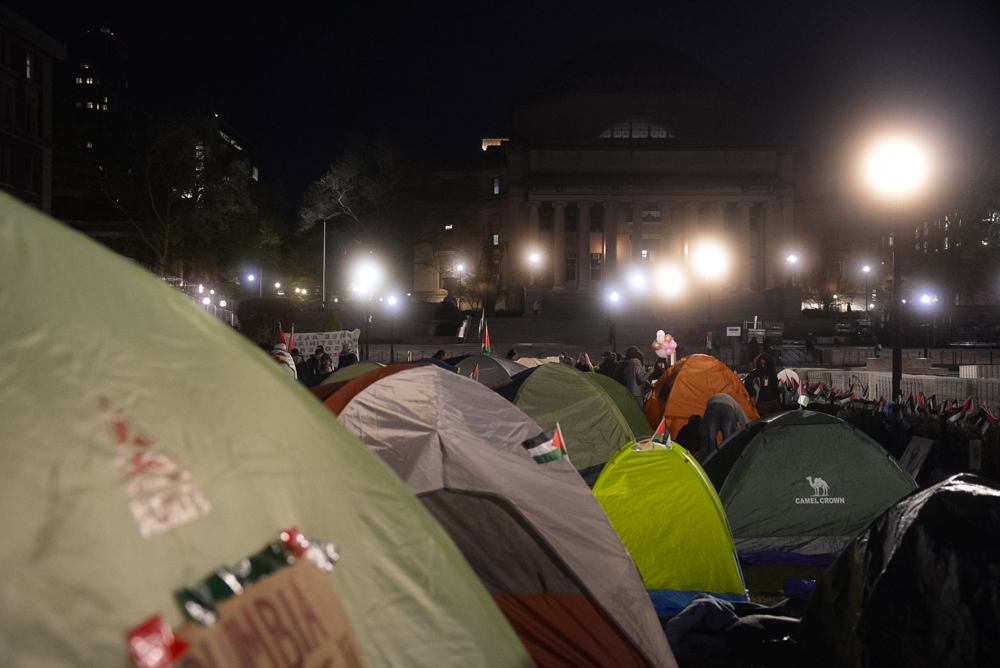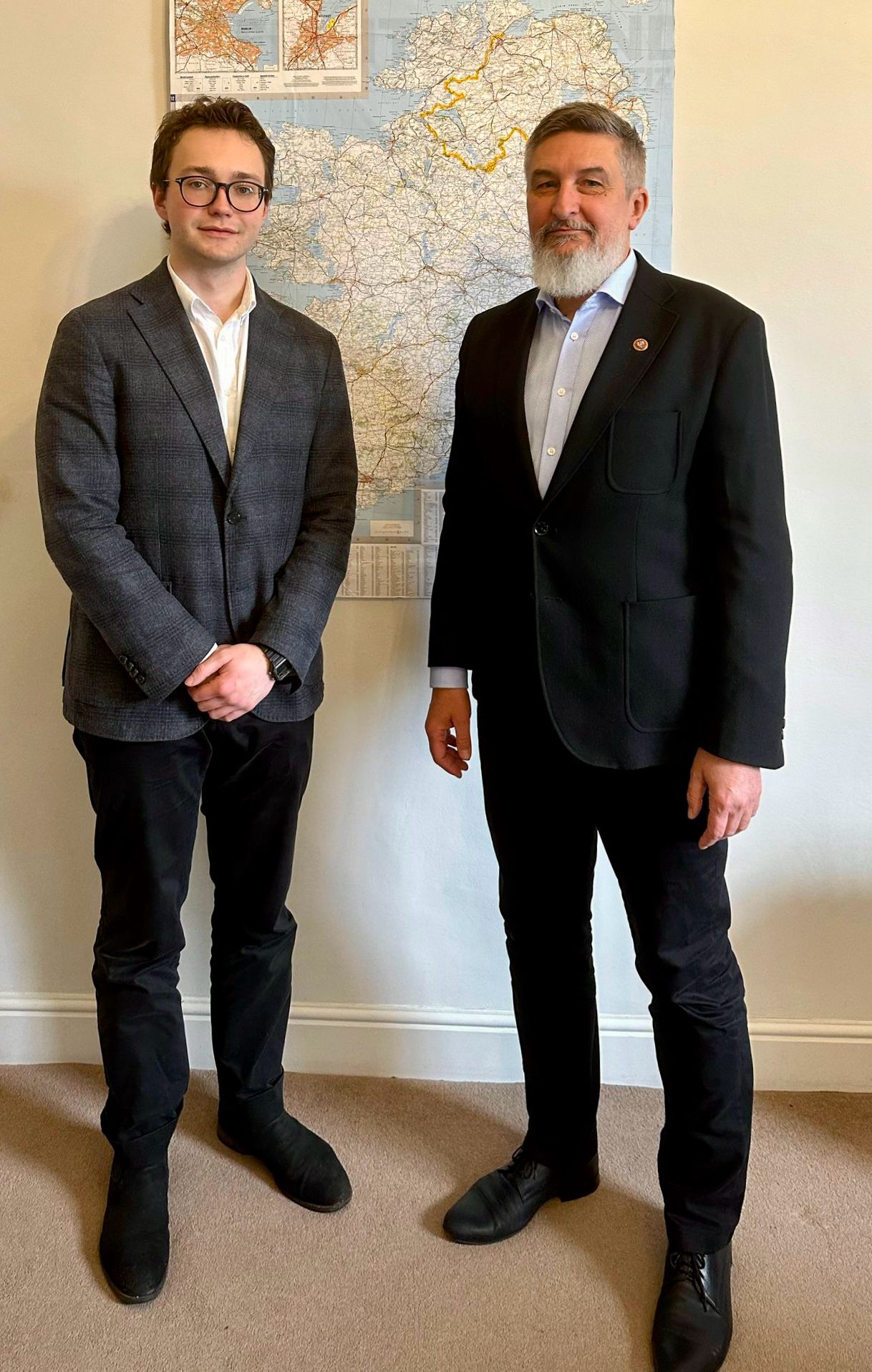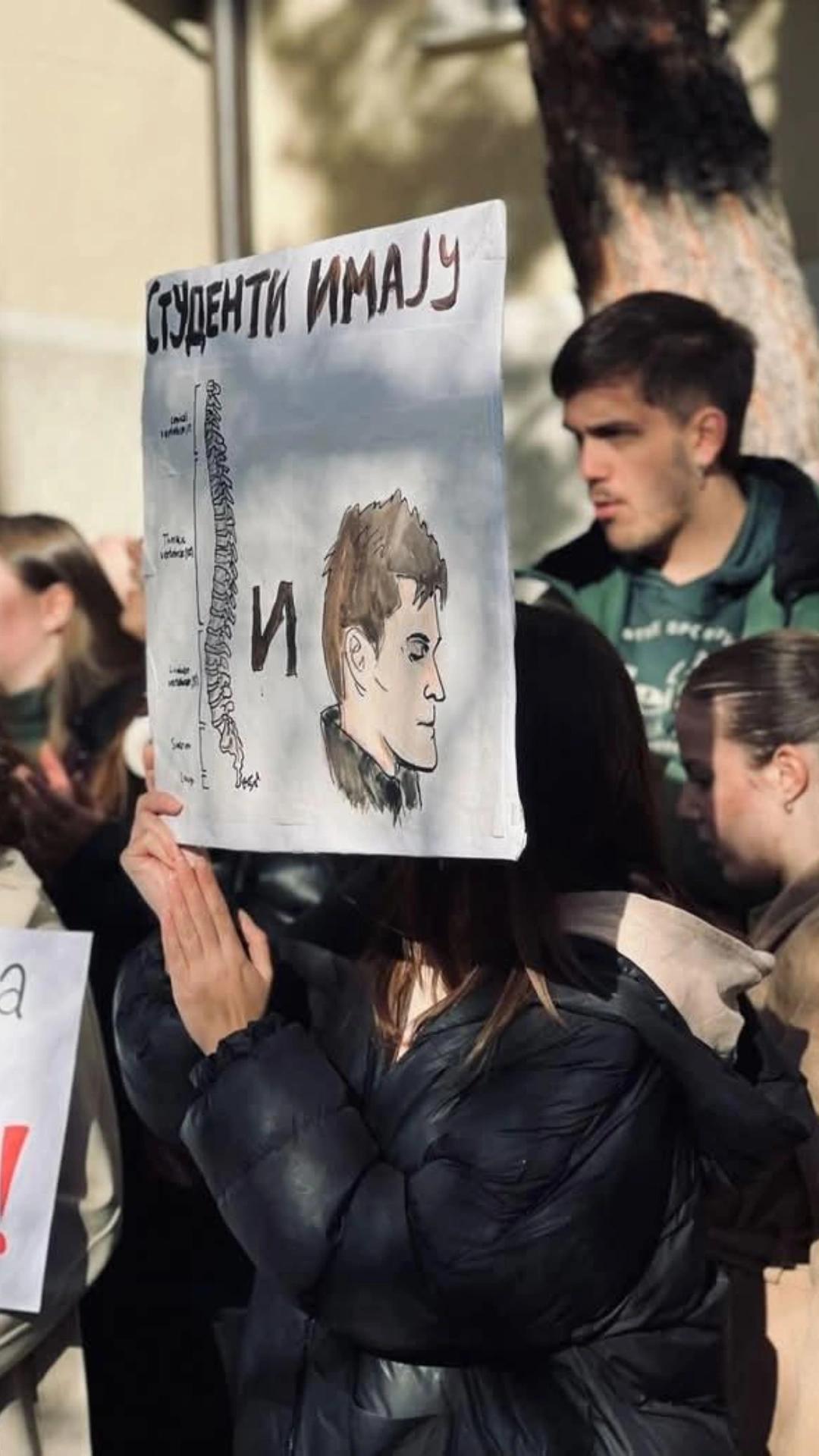“When one breaks the law that conscience tells him is unjust,” Reverend Martin Luther King Jr. declared in 1965, “he must do it openly, he must do it cheerfully, he must do it lovingly, he must do it civilly…and he must do it with a willingness to accept the penalty.” This principle of civil disobedience, a cornerstone of democratic action, resonates deeply within university walls as historical epicenters of social movements, from calls against US imposition in Vietnam of the 1960s to the funding of South African apartheid in the 1990s.
Today, the ongoing violence in Gaza has ignited a firestorm of student activism on college campuses, a cry for their institutions to sever ties with Israel. But these impassioned demands, often escalating into confrontations with administration and security (especially with Trump’s militant crackdowns in the US), force students and administration alike with a critical reckoning: when is dissent productive, when is it appropriate, and when does it simply go too far?
So what distinguishes this moment from past advocacy? A recent study by Harvard’s Crowd Counting Consortium concluded that while, compared to Trump’s first year in office in 2017, US resistance 2025 is “alive and well,” with twice as many protests from eight years ago, they are decreasing in concentration. Today’s protests may be more frequent, but they are “highly decentralised, moving at a snail’s pace, [and] more a slog than a resistance,” according to Atlantic journalist Gal Beckerman. Localised organisations like BDS, often at the helm, lack the unified leadership needed for truly impactful economic boycotts – actions requiring the weight of nations, not isolated campuses. Even Franz Fanon, a noted advocate of sweeping anti-colonial uprising, warned in his work “Wretched of the Earth” about the dangers of disunity within dissent: “If this coherence is not present there is only a blind will towards freedom, with the terribly reactionary risks which it entails.”
Thus, the power of protest lies in plurality. Strength in numbers, what sociologist Émile Durkheim termed “collective effervescence,” reassures the public and renders a cause impossible to ignore. Yet, this very plurality is undermined by the extremist fragmentation that can swiftly inflame already tense situations. As President Trump, in Beckerman’s words, increasingly “conflates nonviolent gatherings with destructive mobs,” effective protest is complicated by students that dangerously blur the line between civil disobedience and lawlessness. The former, as New York Times columnist David French argues, “involves breaking an unjust law and accepting the consequences.” The latter, however, tramples the fundamental rights of other students – disrupting sleep, preventing learning, indefinitely occupying public spaces, resorting to intimidation, and even endangering their peaceful counterparts protesting the same cause. French underscores the legal reality: “Students do not have the ability, under American law, to violate the rights of others because they think it’s for a good cause. That is not the way this works.”
As the epicenter of university protest, Columbia University, among others, battles this question of what the past year of dissent has really achieved for the cause. Since last spring, the campus has been pulsating with chaos, be it through encampments, stormed halls, intruded classes, or noisy choppers flying overhead. The university heard some of its students’ calls, severing ties with companies with holdings in Israel and ending relations with Tel Aviv University. While these movements have undeniably amplified awareness of the Gaza conflict, these seem like mere “symbolic victories” as Franklin Foer puts it, acting “as if the school’s trustees and administrators could determine the fate of innocent families in Gaza.” Still this question remains: have they ultimately advanced the cause they champion? The year of protests, the significant disruptions, the palpable damage to campus life – what concrete concessions have been won? Has this surge of action, in its often fragmented and disruptive form, truly moved the needle towards a resolution, or has it primarily fueled polarisation? Schools like Columbia ultimately lost the capacity to assert control where now the pressure to suppress is even greater, leaving a gaping hole for a Trump administration to crack down with even greater force.
The point is not that students cease action but rather reassess it. The right for protest is fragile as it is and thus wielding it with peace and care is crucial, for the sake of effective discourse, the safety of students and administrators alike, and the preservation of the right to civil dissent.







